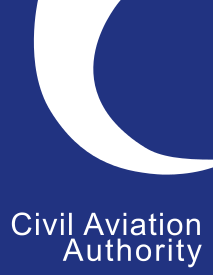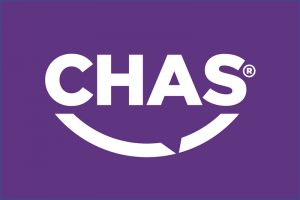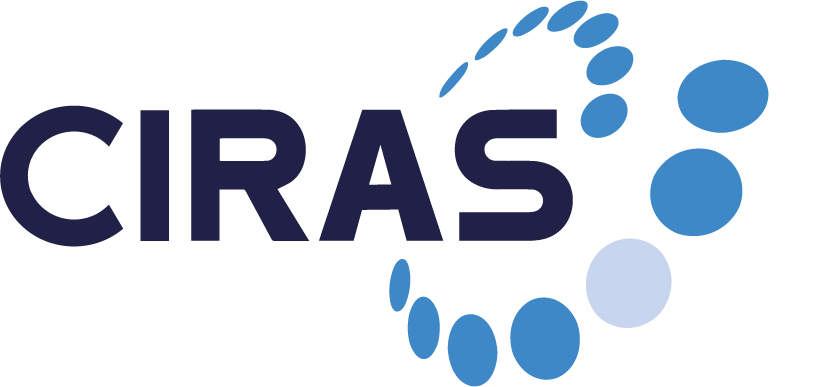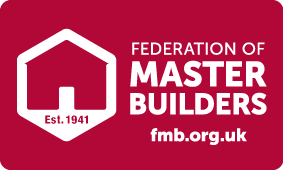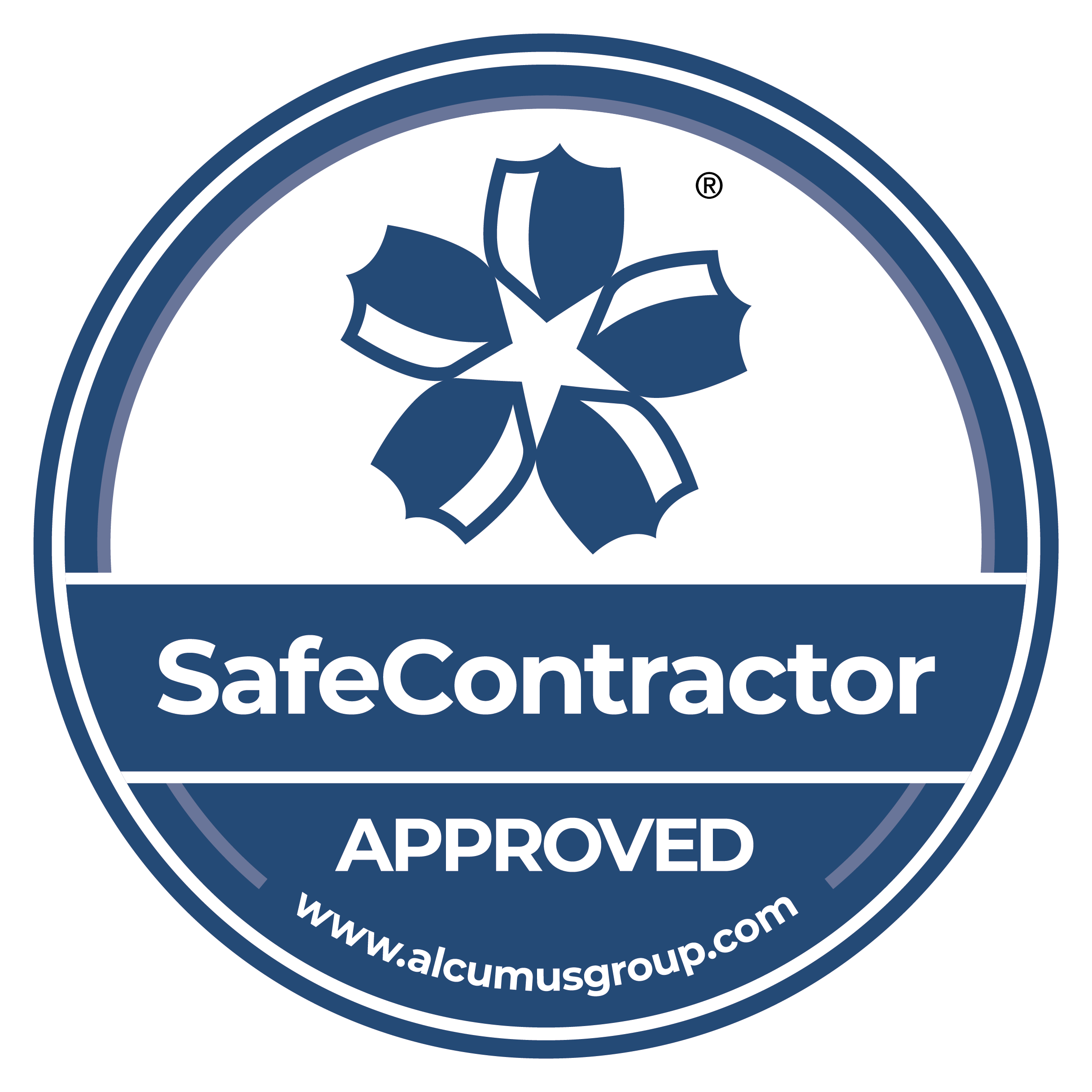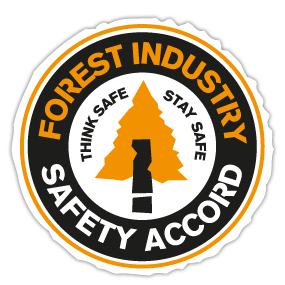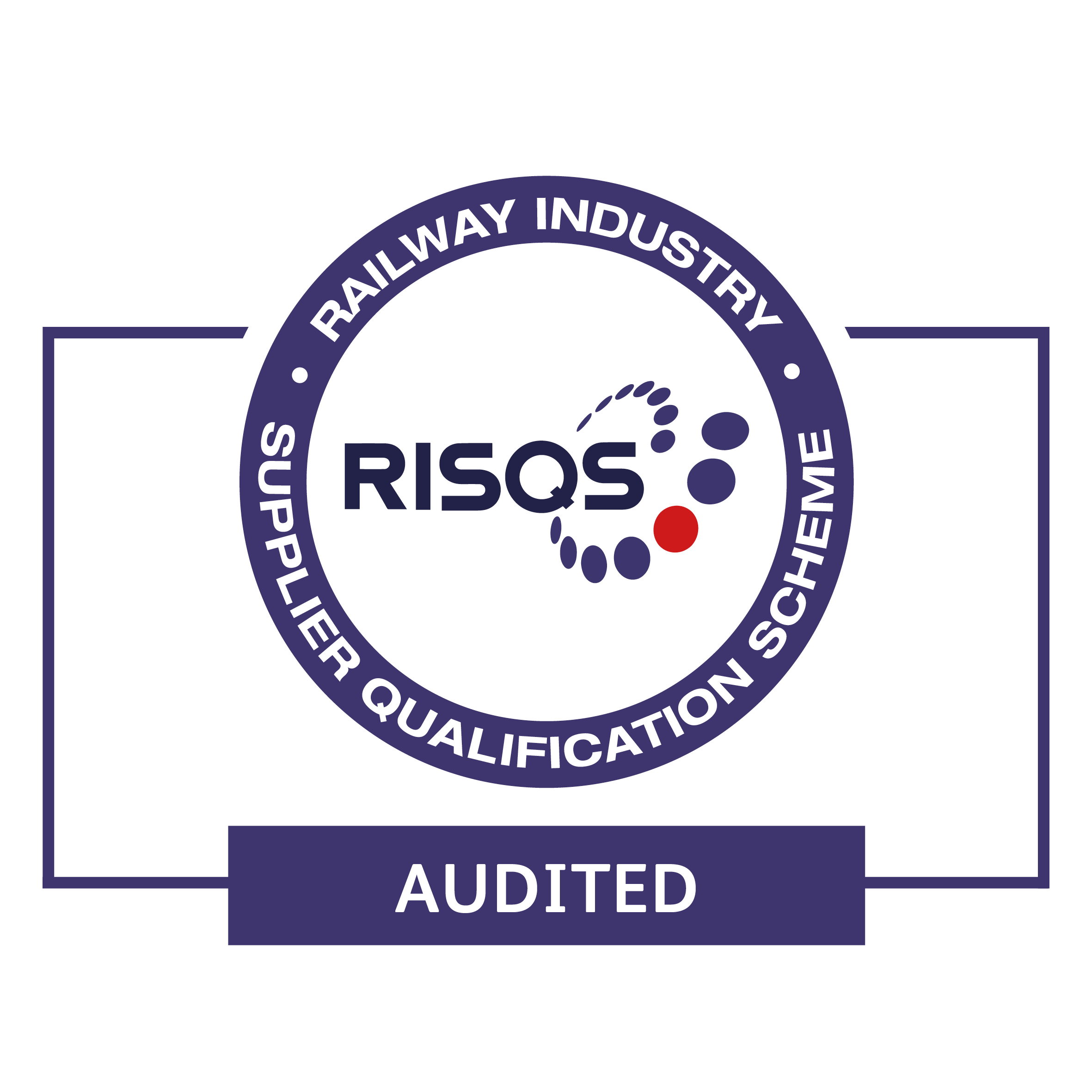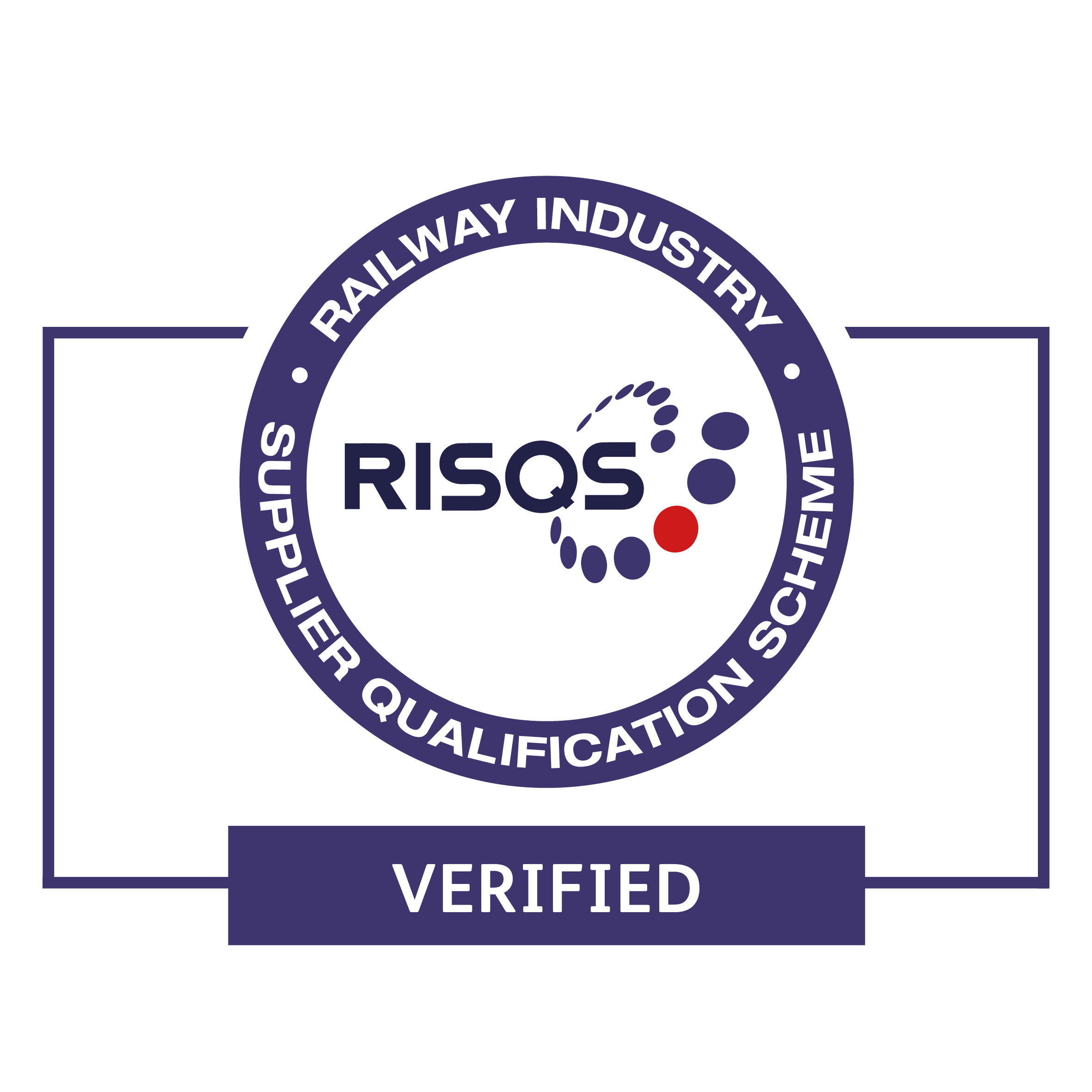Land Surveys
Drones are becoming an increasingly attractive method for undertaking land surveys. Our fleet include LiDAR mounted drones and high resolution cameras for photogrammetry. Below you will find some use cases and main benefits of using drones for land surveys.
Drone Land and Volumetric Surveys
Photogrammetry Models
Photogrammetry is a method of creating 3D models from a series of still images. Vertex uses high-resolution cameras and RTK enabled drones to create detailed and accurate models. These models can be exported as a CAD compatible pointcloud or a OBJ mesh depending on the use case.
A few of Vertex’s photogrammetry use cases include:
Progress monitoring
Inspections Surveys
Pre-Solar Panels Plan Drawings
Topographic Survey Drawings
BIM Modelling
Roof & Elevation Plans
Advantages
reduced Cost
Drones can reduce the cost of undertaking surveys. This comes from a time saving and man power saving: most drone survey jobs can be undertaken in less time than a traditional land survey and with fewer operatives.
faster turnaround time
Drones can provide nearly identical datasets as traditional land surveys in a fraction of the time. Surveys that would before take multiple days can now be captured in mere hours, with no compromise on the quality.
Computer software is used to map out a route for the drone to follow, which can then be used again to replicate the survey at a later date.
improved safety
Drones are a way of reducing exposure to potentially harmful environments. The operator can be stood in a position of safety, away from any moving plant or machinery and hazardous materials.
Without compromising on data quality, surveyors will no longer be required to risk injury in unstable areas to collect data, which is good new for Health and Safety Executives.
Topographical Survey
Drones can be used to conduct topographical surveys, providing accurate measurements identical to data collected by traditional land surveys, but in a fraction of the time. Using high resolution imagery and photogrammetry software, a topographical survey can be produced suitable for:
Importing into CAD
Creating 3D models in BIM software
Measuring site dimensions
Providing health and safety assessments
Drone Topographical Survey
High Level Plan Drawings
Drones provide a significant advantage to capturing survey data at high level, confined space or anywhere it would be difficult to access with traditional methods. The most common area of interest is capturing roof level detail where a laser scanner and person would not normally be able to access safely. We can provide pointcloud data that ties in with ground level surveys enabling for a complete model of an asset.
Vertex Roof Plan Drawing to Determine Slope Angle & Dimensions
Building and Land Progress Survey
Key stakeholders can be given progress surveys to monitor progress on a project of piece of land and see how it is changing over time. Drones are a useful tool for progress monitoring because of their use of pre determined flight routes that can be replicated again and again.
Data from these progress surveys can be imported into most 3D modelling software
Volumetric Survey
Drone surveys can be used to give very high accuracy volumetric measurements of stockpiles. This has two benefits: saving time (and therefore money) and reducing risk.
A drone can capture data from a large area in a short amount of time, and can replicate the survey a set intervals to allow for changes to be measured.
Drones also eliminate the risk of operatives walking up and around potentially hazardous stockpiles or around large plant and machinery.
Stockpile Area Calculations Using Specialist Software





